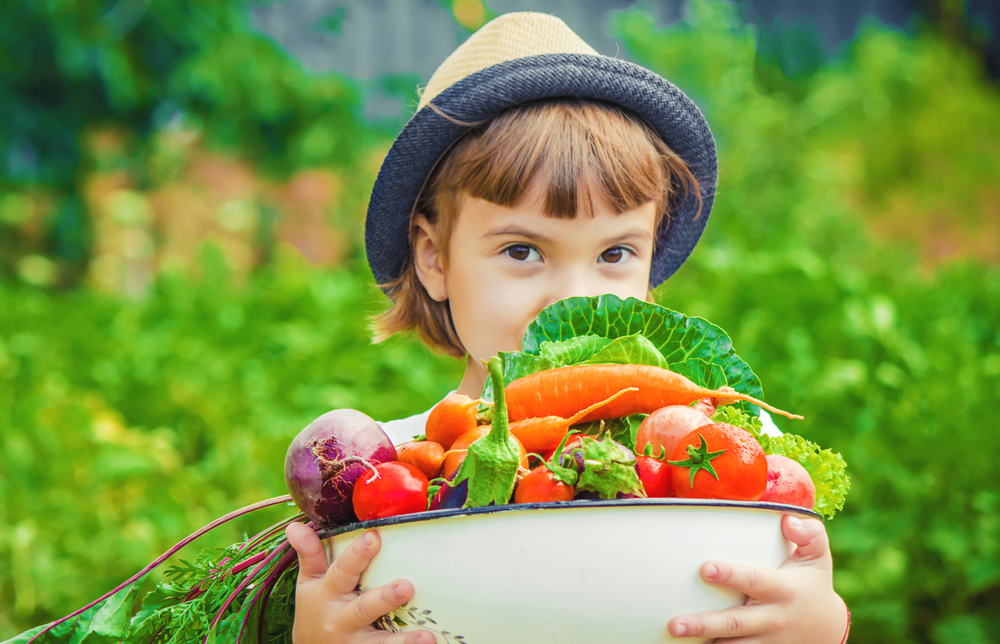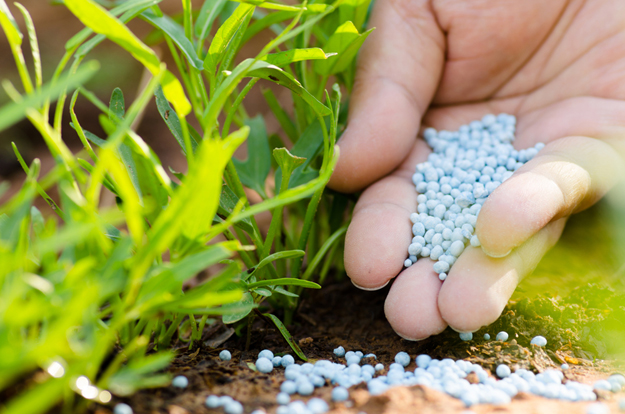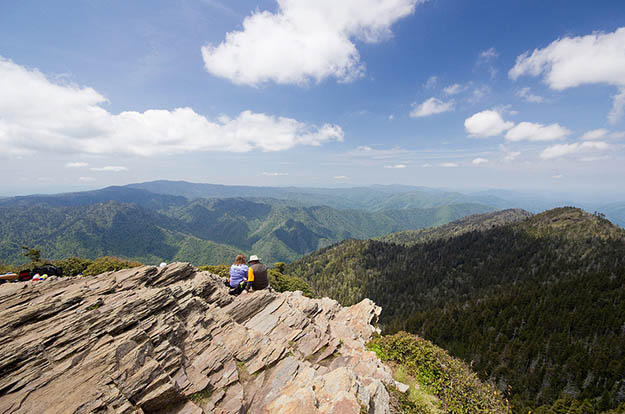Do It Yourself
How To Start A Garden In 7 Easy Steps

Are you ready to have your own backyard garden? Don’t worry if you’re a beginner, these easy steps on how to start a garden will guide you through.
How to Start a Garden for New Gardeners
Whether you are an aspiring gardener based on your desire to grow high-quality food for your family or because you are concerned about the coming economic woes that will follow this pandemic, we have the beginner’s guide for you.
You could be worried about both situations and that would be legitimate, as we are living through revolutionary times!
So, let’s look at seven ways to grow lots of food in a new garden.
Step 1: Check the Layout and Sun Location

For a new gardener, the most important first step is to locate the premier growing area in your yard. This could be front or backyard.
Look for the area in your yard that gets the most sun. You are looking for a good 8 hours of direct sun.
Once you identify that area, you need to consider the space and layout of your garden. What do you want to grow and how much space will it take up?
You want to grow high yield plants only. This will assure you get the most out of your small area.
We will talk about which plants to grow later in the article.
Step 2: Test Soil
This is a step that many new gardeners neglect. You can buy soil testing kits for around $10.
It’s not a big deal, but it will tell you if your soil is too acidic or too alkaline. You are looking for a pH between 6.0 – 8.0. The ideal pH is between 6.0 – 6.9.
Take the time to test soil and you will have much more success.
Step 3: Amend Soil
At this point, you will have mucked around in your soil a bit and know what you are dealing with. Is the soil loose? Is it too acidic? Now is the time to modify your soil and add amendments to get it just right.
- Peat Moss – Will add acidity and water absorption to your soil, good for clay soils.
- Lime – Raises pH
- Sulfur – Lowers pH
- Perlite – will loosen compacted soils and help with drainage
- Compost – Homemade compost is such a great amendment and it can be made from leaves, grass and food scraps. You can make your own. Just create a pile, keep it moist, keep it covered and turn it often. It goes a long way!
Step 4: Start with the Right Seeds Indoors
If a new gardener wants to grow a lot of food, you are going to need to choose the right plants. Some plants produce just one vegetable per plant. Avoid those.
Here is a list of the highest yielding crops you can grow:
- Tomatoes
- Herbs
- Lettuces and Greens
- Spinach
- Green Beans
- Zucchini
- Winter Squash
- Yellow Squash
- Peas
- Hot Peppers
All these plants will provide you with incredible amounts of food. Commit to as many as you can and get them started.
You don’t need a fancy seed starting setup to get started with your garden. Every year, I used small paper cups filled with soil to start my seeds.
Place them in or near a sunny window and before long you will have little sprouts.
Punch small holes in the bottoms and set them in a basin with about 1 inch of water. This will keep your soil moist.
Step 5: Planting and Protecting
Once they mature, you can move them outside. Give them just a few hours in direct sunlight the first time you move them outside.
They need to reacclimate to the real sun exposure. After a couple of days of extending the time in the sun, you will be able to plant them outside.
This process is important because you can kill plants if you take them right outside and plant them.
Another thing that many new gardeners don’t consider is protection. You probably have dogs, kids, squirrels or all the above. If you don’t have a fence in your yard, then you have deer to contend with.
To assure the success of your garden you should protect it with fences, borders, or completely fenced in coverings.
These will keep dogs and kids from trampling your young garden. It will also keep other animals from eating up all your food! Deer can ravage a big garden overnight.
Step 6: Fertilizing

The dirt you have will feed your plants and the sun will obviously cause photosynthesis. However, you should feed your plants even more with a natural and organic fertilizer.
If you have no access to some fertilizer you can make your own by simply soaking some compost in a 5-gallon bucket filled with water that is not chlorinated.
If you stir that mix for a few days, that water will become a decent “tea” that will feed your plants.
Step 7: Harvesting Produce and Seeds
At this point, you are going to be waiting and tending the weeds in your garden. You will be waiting for those plants to be ready for harvest.
Once harvesting begins you will be overwhelmed with the amount of food you get. This happens almost all the time! This is a good time!
Let one of your plants go to seed or keep several of the first fruits and vegetables to come off the plant to be used exclusively for seeds.
You will need seeds to make your garden happen next year. Sure, you can buy them next year from the store…but what if you can’t?
Becoming More Self-Reliant
Gardening is a massive push towards self-reliance and independence. When you grow your own food, you are not only eating some of the most nutritious food you can get your hands on, you are also finding a hidden pot of freedom.
Suddenly, you are no longer as dependent on the system as you once were. Hopefully, these steps on how to start a garden will make you better prepared than ever!
Do you know other valuable tips to help out new gardeners? Share it with us in the comments section!
Up Next:
-

 Do It Yourself7 months ago
Do It Yourself7 months agoParacord Projects | 36 Cool Paracord Ideas For Your Paracord Survival Projects
-

 Do It Yourself9 months ago
Do It Yourself9 months agoHow To Make Paracord Survival Bracelets | DIY Survival Prepping
-

 Do It Yourself9 months ago
Do It Yourself9 months ago21 Home Remedies For Toothache Pain Relief
-

 Do It Yourself10 months ago
Do It Yourself10 months agoSurvival DIY: How To Melt Aluminum Cans For Casting
-

 Exports8 months ago
Exports8 months agoAre Switchblades Legal? Knife Laws By State








Pingback: Seed Starting for Preppers – What You Need to Know – The Self-Sufficient Life
Pingback: Seed Starting for Preppers – What You Need to Know - Primal Survival
Pingback: Seed Starting for Preppers – What You Need to Know - Cooking in Quarantine
Pingback: Seed Starting for Preppers – What You Need to Know – Alive After USA Fall
Pingback: Seed Starting for Preppers – What You Need to Know – surviveurself
Pingback: Seed Starting for Preppers – What You Need to Know – Bulletproof Survivors
Pingback: Seed Starting for Preppers – What You Need to Know | Best Go Bag